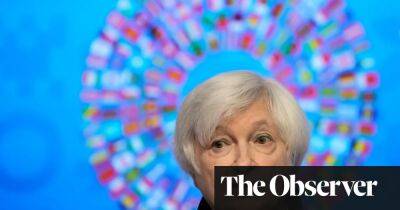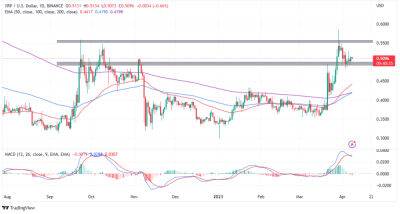Delaying NatWest share sales doesn’t matter. Just get the best price
I t was almost exactly a year ago that the Treasury trumpeted what it called a “landmark” moment: for the first time since the financial crisis in 2008, NatWest, the formerly shredded Royal Bank of Scotland, was no longer majority-owned by the state. A £1.2bn sale of shares had cut the Treasury’s holding to 48.1%.
A path to a full disposal by 2025-26 – a target the government set itself in 2021 – seemed assured, especially as UK Government Investments (UKGI), which manages the holding, cracked on with the selling and got the stake down to 41.5% in short order. Pandemic fears over losses had passed. It was possible to believe in a happy tale of more shares being sold at gradually higher prices against a backdrop of robust market demand.
Unfortunately, as so often in banking, events have intervened. While NatWest itself has done little wrong in the recent months, aftershocks from Silicon Valley Bank’s collapse and Credit Suisse’s rescue takeover by UBS are still being felt in all banks’ valuations. NatWest was a notch above 300p in the middle of February but has now slipped to 264p.
The difference may not sound enormous but when, like the Treasury, you own almost 4bn shares, 40p equates to £1.8bn in real (public) money. If official bodies, like the Bank of England, believe in the fundamental health and soundness of the UK banking system, they are surely obliged to go slow on the selling at this point. Thus there was a sense of inevitability about UKGI’s announcement on Monday that its trading plan – otherwise known as a “dribble out” mechanism – is being extended from August this year to August 2025.
It is conceivable, of course, that the sector-wide clouds could clear by the summer, that sentiment could improve and the 2026
Read more on theguardian.com

![I grilled ChatGPT about Polygon’s [MATIC] price action, but it left me intrigued](https://finance-news.co/storage/thumbs_400/img/2023/4/9/63482_y98s.jpg)











![Avalanche [AVAX]: Despite price surge, these concerns emerge](https://finance-news.co/storage/thumbs_400/img/2023/4/8/63410_guumj.jpg)




